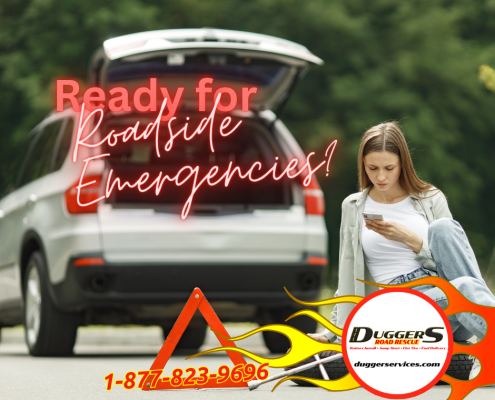
How to Prepare for Roadside Emergencies Before They Happen
Albuquerque, Battery Delivery, Battery Installation, Battery Service, car battery, Emergencies, Emergency Fuel Delivery, Flat Tire, Fuel Service, Lock Outs, News, Phoenix, Rio Rancho, Roadside Service, Scottsdale, Tempe, Towing, TucsonNo one plans for their car to break down. Yet, roadside emergencies can strike when you least expect them, leaving you stranded, stressed, and unsure of what to do next. The good news? You can turn an unpredictable situation into a manageable…
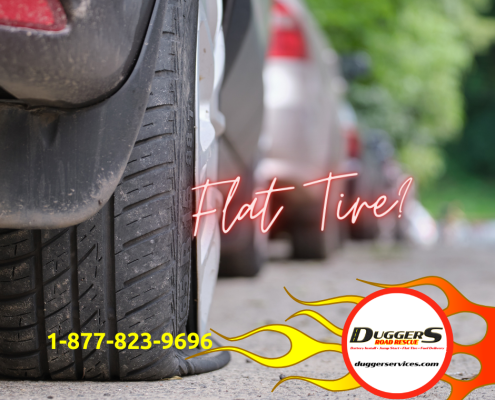
Flat Tire? Here’s What to Do Next
Albuquerque, Flat Tire, News, Phoenix, Rio Rancho, Roadside Service, Tempe, Tire Service, TucsonThere’s never a convenient time for a flat tire. It always seems to happen when you’re in a hurry, on your way to somewhere important, or in the middle of nowhere. The stress and uncertainty of a flat can be overwhelming, especially if you’re…

Why Your Car Battery Dies (and What to Do About It)
Albuquerque, Battery Delivery, Battery Installation, Battery Service, Break Downs, car battery, Emergencies, News, Phoenix, Roadside Service, Scottsdale, TempeFew things are as frustrating as hopping into your car, turning the key or pressing the start button, and hearing…nothing. Dead batteries are not just an inconvenience; they can disrupt your entire day. Unfortunately, battery failure is more…
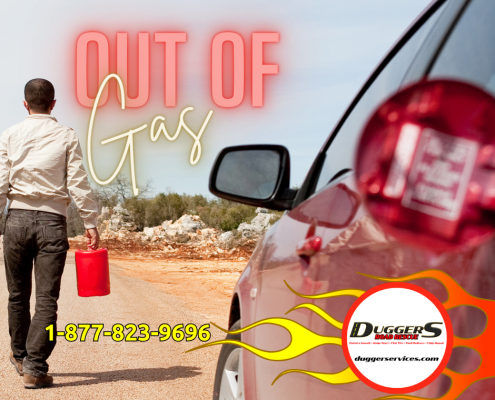
Emergency Fuel Delivery: What to Do When You’ve Run Out of Gas
Albuquerque, Break Downs, Car Won't Start, Fuel Service, News, Phoenix, Rio Rancho, Roadside Emergencies, Roadside Service, Scottsdale, TucsonRunning out of fuel is something every driver dreads, but it’s more common than you might think. Whether it happens during your daily commute, on a road trip, or in the middle of a busy schedule, finding yourself stranded can be stressful.…
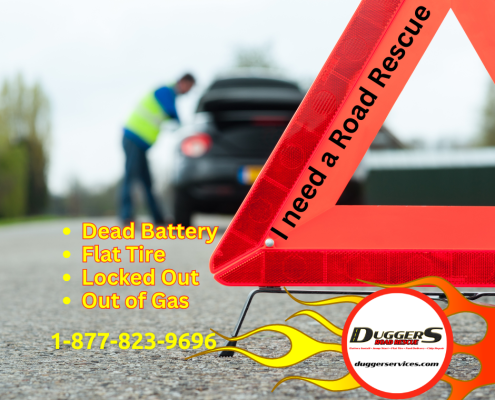
A Step-by-Step Guide for Drivers Stranded on the Side of the Road
Albuquerque, Break Downs, Car Won't Start, Flat Tire, Fuel Service, Lock Outs, News, Phoenix, Rio Rancho, Scottsdale, Tempe, Tire Service, TucsonBreaking down on the side of the road can be nerve-wracking, but by staying calm and following a clear set of steps, you can ensure your safety while getting the help you need. This guide provides detailed, practical advice for those moments,…
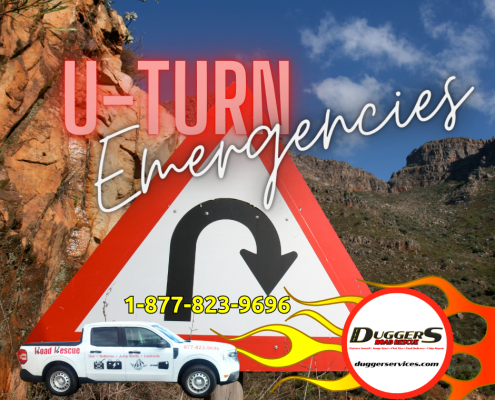
Stranded but Safe: How Dugger’s Road Rescue U-Turns Roadside Emergencies
Albuquerque, Battery Delivery, Battery Installation, Battery Service, Break Downs, car battery, Lock Outs, News, Phoenix, Rio Rancho, Roadside Emergencies, Roadside Service, Scottsdale, Tire ServiceWe Can Turn Your Day Around
Getting stranded on the side of the road is more than just an inconvenience. It can be stressful, frustrating, and sometimes downright scary. Whether it’s a flat tire, a dead battery, or an empty gas tank, these…
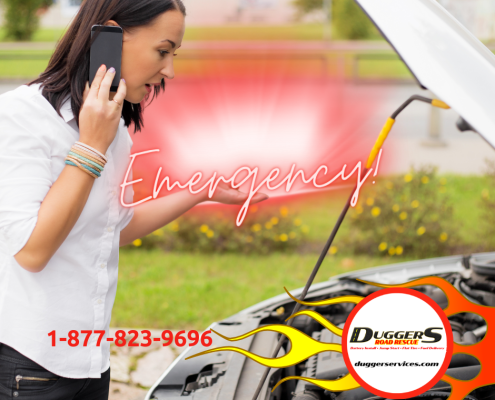
What to Do When Your Car Breaks Down on the Highway: Stay Safe and Get Help Fast
Albuquerque, Battery Delivery, Break Downs, Car Won't Start, Emergencies, News, Phoenix, Rio Rancho, Scottsdale, Tempe, TucsonBreaking down on the highway can be a nerve-wracking experience. Whether it’s a flat tire, engine trouble, or something unexpected, knowing how to handle the situation calmly and safely is key. These steps will guide you on what to do when…

5 Signs Your Car Battery Needs to Be Replaced Today
AZ, Battery Delivery, Battery Installation, Battery Service, Jump Start, News, Phoenix, Tempe, TucsonYour car battery doesn’t just provide the power to start your engine; it’s the heart of your vehicle’s electrical system. A failing battery can quickly turn an everyday commute into a frustrating, even stressful, experience. To save yourself…

Winter Battery Survival Guide for Desert Southwest Drivers
Albuquerque, Battery Delivery, Battery Installation, Battery Service, Break Downs, car battery, Car Won't Start, Emergencies, Jump Start, News, Phoenix, Rio Rancho, Roadside Service, Tempe, TucsonWhen most people think of winter car troubles, icy roads and snow come to mind. But if you drive in the desert Southwest, winter presents its own set of challenges—especially for your car battery. With chilly mornings and unexpected temperature…

Winter Tire Tips for Desert Southwest Drivers
Albuquerque, Flat Tire, News, Phoenix, Rio Rancho, Roadside Emergencies, Roadside Service, Tempe, Tire Service, TucsonWinter in the desert Southwest brings more than chilly mornings and the occasional surprise frost. One of the hidden dangers that many drivers may overlook is the effects of temperature swings on tire pressure. Those warm, sunny afternoons followed…
